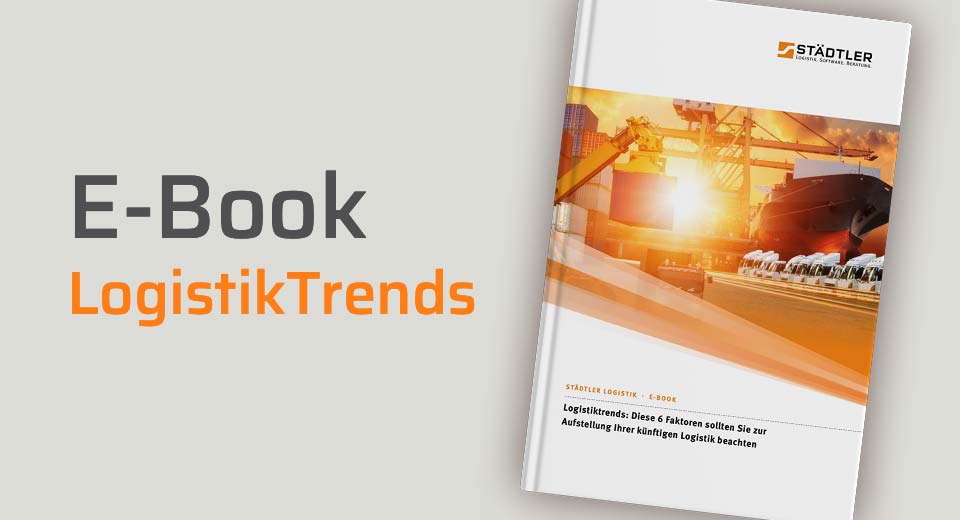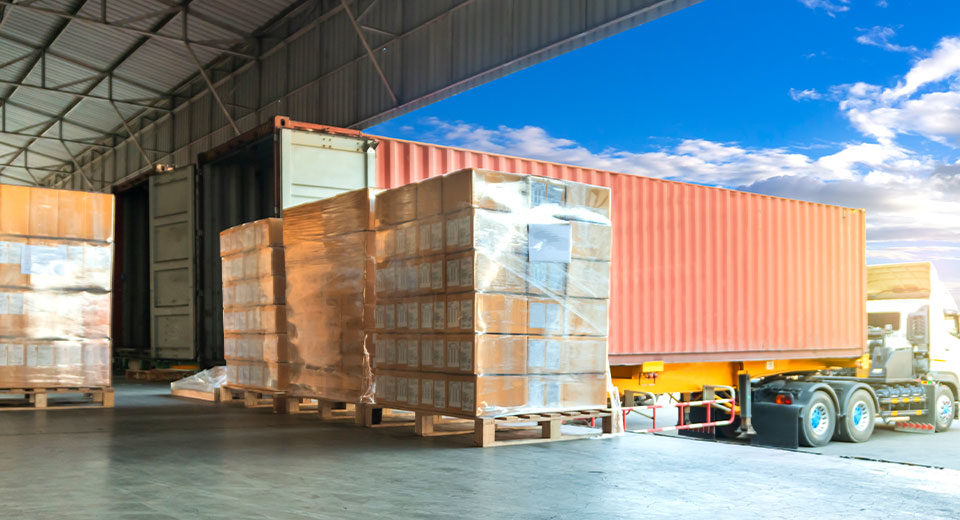
BLOG
How to relieve your dispatchers: 4 tips
Make scheduling work less stressful with the right tools
3 Min. reading time
March 2, 2023
Christoph Bertram
Share

Dispatching in transport management is a demanding task that requires a lot of time and attention. In this article we give tips on how to relieve your dispatchers, save time and organise better transports.
In parallel, truck dispatching can also be automated to a large extent. Automated route planning and optimization can relieve dispatchers of a lot of work. The power of smart algorithms can be used in the background to speed calculations and relieve dispatchers of time-consuming, complicated planning. Modern tour planning solutions take into account the entire set of rules for dispatching and find the best tour plan. The dispatcher has more time for special cases and sudden problems that arise.
In order to relieve dispatchers, you should rely on an efficient, connected telematics system. Information on the current GPS location and tour status can be used to avoid unnecessary errors and queries in day-to-day business. Delivery addresses and important information such as safety regulations or the electronic delivery note can be transferred directly to the driver to avoid takeover errors.
With predictive planning, as we call it, dispatchers recognize possible bottlenecks and disruptions hours in advance. A forecasting algorithm continuously calculates the anticipated ETA (Estimated Time of Arrival), based on telematics data, the current traffic situation and also driving and rest times. In this way, digital networking can be used to prevent problems from occurring in the first place.
If you inform your customers digitally and automatically, you reduce telephone queries. It also increases self-service transparency for the customer. They will thank you if you recognize a malfunction in good time and communicate it promptly so that they may react.
The possibilities of transparent communication are seemingly endless nowadays, and range from automatic notifications to an arrival monitor in the customer's warehouse - not just online shipment tracking.(More here.)
Tip 1: Relieve dispatchers through automation
The manual dispatching of goods and materials can be very time-consuming. Automate this process and save valuable time. Use software that keeps an eye on your stocks and automatically triggers new orders when a certain threshold is reached. This reduces manual intervention and minimizes the risk of errors.In parallel, truck dispatching can also be automated to a large extent. Automated route planning and optimization can relieve dispatchers of a lot of work. The power of smart algorithms can be used in the background to speed calculations and relieve dispatchers of time-consuming, complicated planning. Modern tour planning solutions take into account the entire set of rules for dispatching and find the best tour plan. The dispatcher has more time for special cases and sudden problems that arise.
Tip 2: Improve communication with drivers
Communication between drivers and the transport control center must be smooth. Both sides need transparency, which is difficult to achieve over the telephone.In order to relieve dispatchers, you should rely on an efficient, connected telematics system. Information on the current GPS location and tour status can be used to avoid unnecessary errors and queries in day-to-day business. Delivery addresses and important information such as safety regulations or the electronic delivery note can be transferred directly to the driver to avoid takeover errors.
Tip 3: Advanced tools enable a look into the future
When all systems interact well, your transports not only run better, but your dispatchers are also given the digital tools to anticipate potential problems. After all, it can always happen that a vehicle is stuck in a traffic jam, breaks down, or the provision of goods comes to a standstill, despite good route planning.With predictive planning, as we call it, dispatchers recognize possible bottlenecks and disruptions hours in advance. A forecasting algorithm continuously calculates the anticipated ETA (Estimated Time of Arrival), based on telematics data, the current traffic situation and also driving and rest times. In this way, digital networking can be used to prevent problems from occurring in the first place.
Tip 4: Relieve dispatchers through better customer relations
No business wants to have stress with dissatisfied customers. Therefore, ensure higher customer satisfaction. How? Through better communication.If you inform your customers digitally and automatically, you reduce telephone queries. It also increases self-service transparency for the customer. They will thank you if you recognize a malfunction in good time and communicate it promptly so that they may react.
The possibilities of transparent communication are seemingly endless nowadays, and range from automatic notifications to an arrival monitor in the customer's warehouse - not just online shipment tracking.(More here.)

Free ebook
Get your free e-book and learn about 6 crucial trends in logistics.
Conclusion: Less stress through networked systems
Digitalization offers numerous opportunities for dispatching. Automation, improved communication, prediction of bottlenecks and better customer relations can relieve dispatchers and make the transport process more efficient.It is important that the individual systems are integrated well with each other, and that the workflows of information between driver, dispatcher and customer is continuous. In this way, digital networking can help to make the work of dispatchers less stressful and transports better.
Further suitable reading:
TRAMPAS - the route planning solution from Städtler
Digital networking in transport management - opportunities and obstacles
Got a minute?
September 19, 2023
The term shipping processing covers all steps from the completion of an order to delivery […]
August 29, 2023
How digital fleet management can help you reduce your trucking costs, simplify processes, and stay […]
August 29, 2023
The article presents 10 strategies that companies can use to effectively reduce logistics costs, including […]


